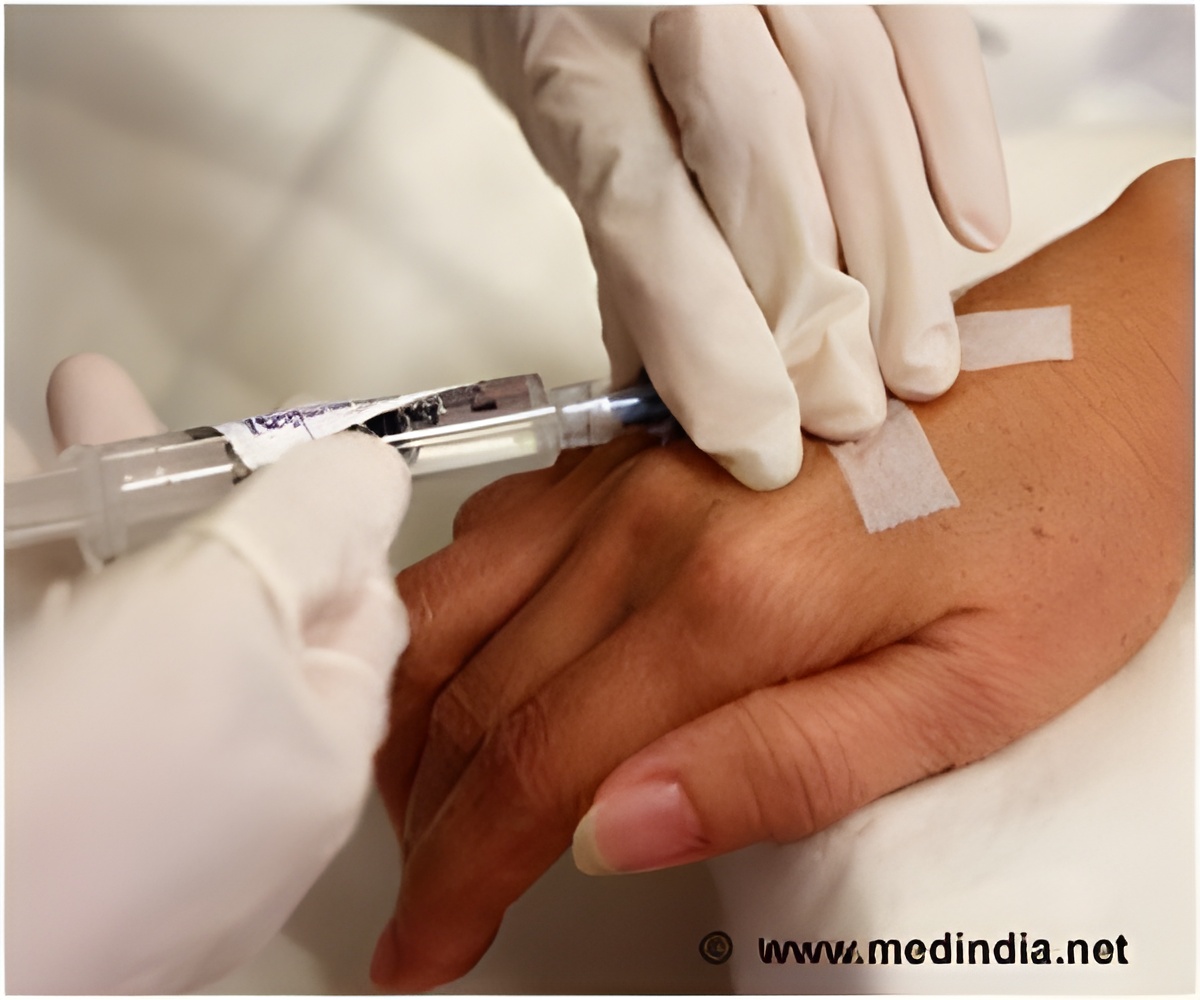Certain molecules present in high concentrations on the surfaces of many cancer cells could be exploited to funnel lethal toxic molecules into the malignant cells.

"Our work suggests a different strategy for cancer therapy that takes advantage of the capacity of a cancer cell to take up something toxic that a normal cell does not," says Sabatini, who is also a professor of biology at MIT and a Howard Hughes Medical Institute (HHMI) investigator. "As a result, that toxic molecule would kill the cancer cell. By identifying transporters on the surface of cancer cells, you might be able to find a molecule that a specific transporter would carry into the cell, and that molecule would be toxic to that cell. You really could have something that's much more selective to cancer cells."
The Sabatini lab's research is published online today in the journal Nature Genetics.
Kivanc Birsoy, a postdoctoral researcher in Sabatini's lab and first author of the Nature Genetics paper, used a special line of haploid cells developed by former Whitehead Fellow Thijn Brummelkamp to screen for genes that assist cellular entry of 3-bromopyruvate's (3-BrPA), a potential cancer drug in clinical development. 3-BrPA is thought to work by inhibiting glycolysis, a cellular process that releases energy by splitting glucose molecules. Because many cancer cells are heavily dependent on the upregulation of glycolysis, drugs that interrupt this pathway may be effective in targeting these glycolytic cancer cells.
From the screen and massively parallel sequencing, Birsoy identified the gene that codes for the protein monocarboxylate transporter 1 (MCT1), which is necessary and sufficient for 3-BrPA's transport into cells, where the toxic molecule ultimately kills them. In fact, the level of MCT1 on the surface of glycolytic tumor cells is a predictor of those cells sensitivity to 3-BrPA-the higher the cells' expression of MCT1, the more sensitive they are to 3-BrPA. This holds true in in vitro and in vivo models across multiple lines of human cancer cells.
The correlation between MCT1 concentration and 3-BrPA sensitivity could be used to help determine how certain malignant tumors are treated.
Advertisement
This work was supported by the National Institutes of Health (CA103866), the David H. Koch Institute for Integrative Cancer Research, the Jane Coffin Childs Memorial Fund, and the National Science Foundation (NSF).
Advertisement
Source-Newswise














